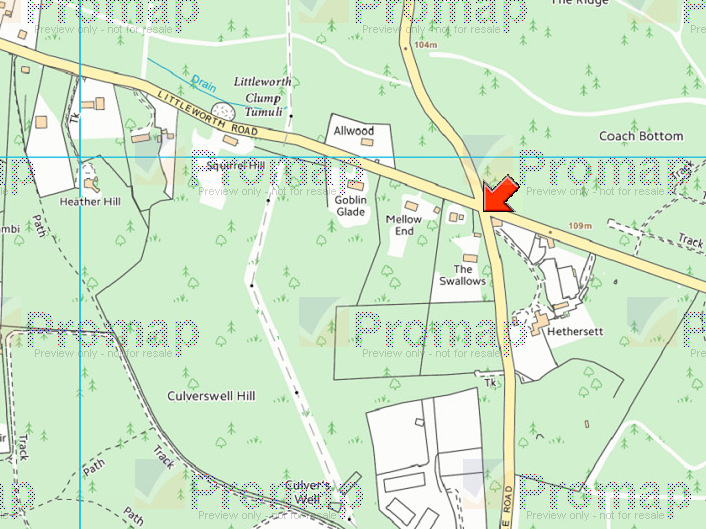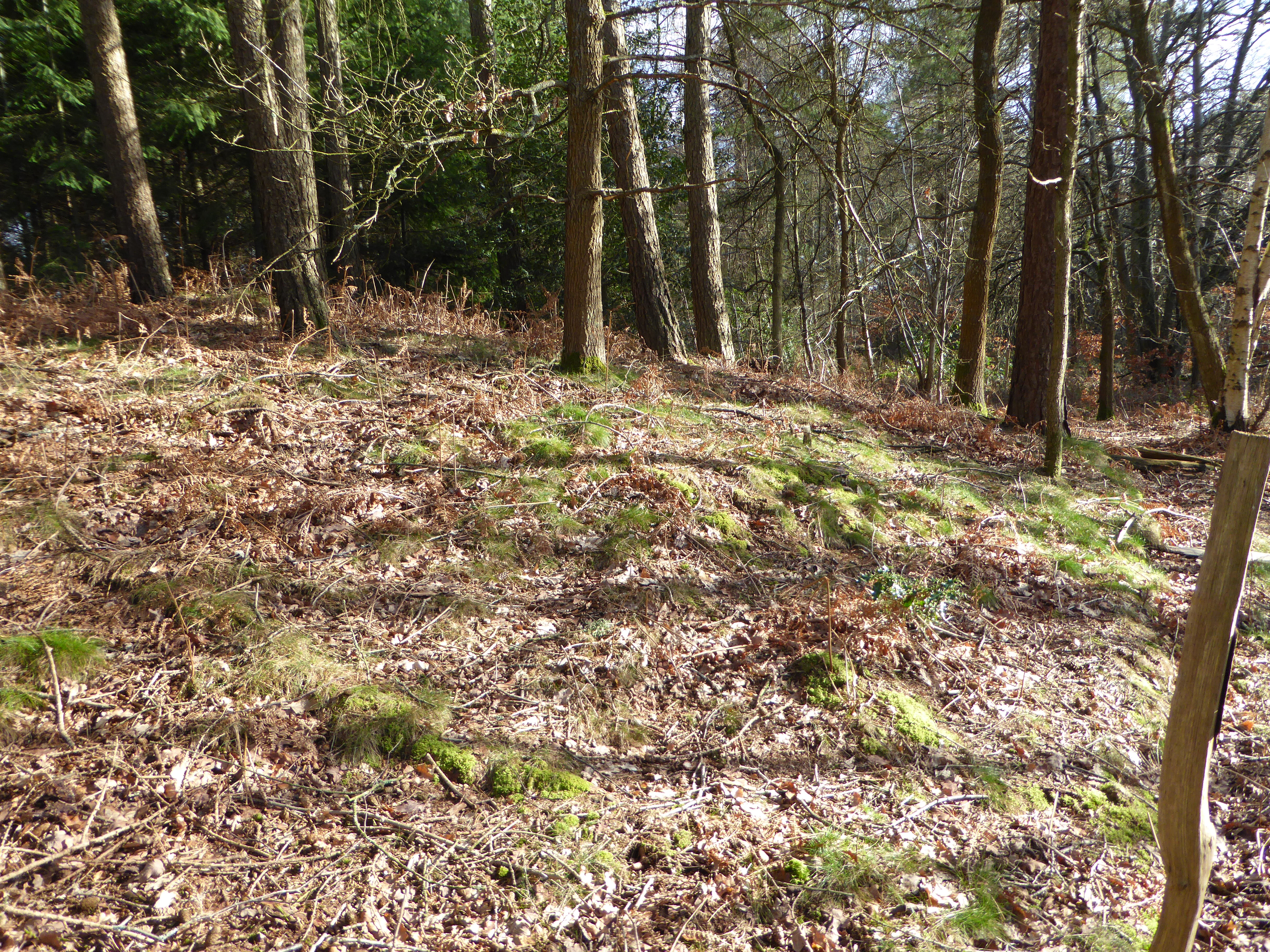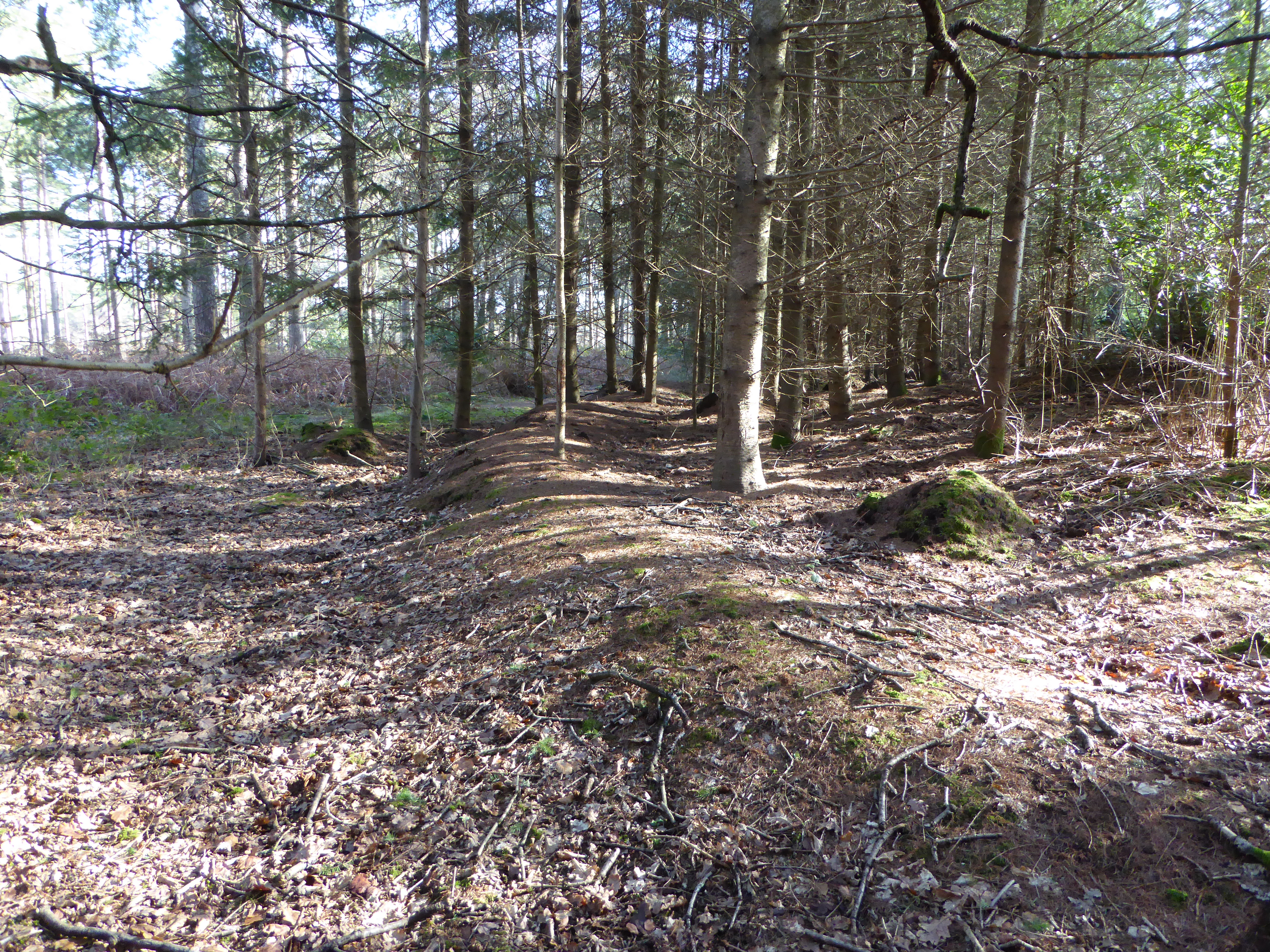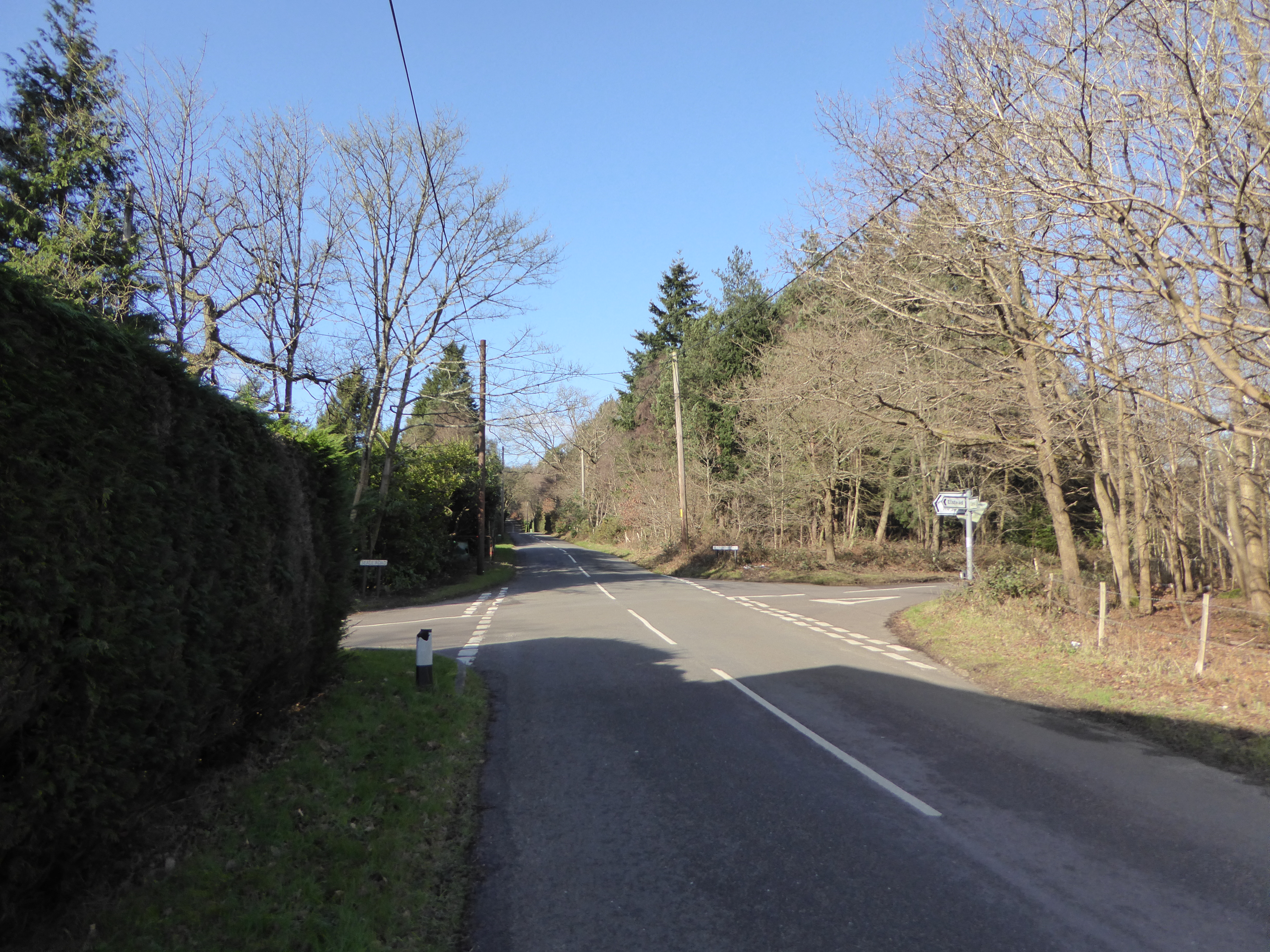I have in my library a copy of “Puttenham under the Hog’s Back’ by Ruth Dugmore. Published in 1972 by Philimore Press. At long last it has risen to the top of the pile of my required reading and I was interested to find the following:
“In the seventh century England was divided up into vast dioceses. And each of these dioseces would have a minster. And from these minsters priests and laymen would penetrate the rough countryside evangelising. They would stop at a cross which was possibly erected on an old pagan site and would preach to those who came to hear them. As they evangelised they would push further afield and chapels would be set up where once there was only a preacher’s cross. The minster however would remain the mother church. There was a minster at Tuesley and it is almost certain that the area would have been Christianised from the minster there. One of the duties of the travelling priests would be to discover sites dedicated to heathen gods. Here the priest would set up a cross and substitute a Christian service for a pagan one’.
Another extract from Mrs Dugmore’s book:
“In Puttenham there is a possibility of a heathen centre which became a Christian place of worship at Church Croft; a small hill not far from the village, which is approached by a network of tracks and paths. The name Church Croft has no significance in later times and was never church property, but there must have been a reason for it. Could it have been an altar which had been erected to some god and where a preaching cross was later set up?’
And an extract from the highly recommended website “Surrey Medieval’ by Robert Briggs.
“Another piece of evidence of a very different kind (but whose record we again have Rev. Kerry to thank for) suggests a more complex chronology. Local folklore maintained that the first church in Puttenham was sited almost a mile to the southwest of the village in a location known as Church Croft. Kerry told the story thus: “In the plantation near Mr Hewettʼs Barn [no longer in existence; its site lies west of present-day Gores Farm] is a spot where it is said by the old people that the church was to have been erected, but that their pious intention was frustrated by the fairies who removed in the night what had been erected in the day to the place where the church now stands”. It is not hard to be captivated by such a tale, and Knox interpreted it as signifying the destruction of an early church on a site of pagan worship by Ê»supporters of the old religionʼ’.
“In the case of Puttenham, the name Church Croft may hold the key. We know a new rectory at the east end of the church – effectively in Ê»the place where the church now standsʼ to repeat Kerryʼs words – was provided for in the will of Richard Lussher who died in 1502. Its previous site is undocumented, but a decent case can be made for it to have stood atop Church Croft. For one thing, this would mesh with John Blairʼs observation that many medieval Surrey rectories were isolated from their churches. A simple explanation of the fairy story, one which accommodates its key components, is that it was the rectory removed from its original site at Church Croft and re-established on a site so close to the church as to count as being “where it stands”.’
Many of the barrows in the area of Puttenham, Seale, and around were dug into by the above mentioned reverend Charles Kerry, curator of Puttenham church from 1868 to 1877, and indeed it may be him responsible for the cross trench on the crown of Culverswell Barrow. Unfortunately he seems to have been a “hobby archaeologist’ and was lax in recording his finds. After spells in various livings from Bedfordshire to Northumberland, he ended his career in Derbyshire with all his notebooks. Upon his death these were left to Derby Public Library. There may be something of interest there but probably a long shot.
Church Croft appears to fall upon the DEERLEAP LINE, shown crossing as a red line above, it is at the nineteen Druid Mile (DM) point in private land being used as a pheasantry. Last week I visited this point using my hand-held GPS to locate the precise location. From the rough track, visible running up the left side of this Google Earth image, I navigated through mixed woodland to an unkempt field knee deep in weeds, seen in the centre of the image. The point is in the north east corner of the field and is the edge of the top of this high ground. The land to the east falls downhill on a shallow gradient towards the village. It was difficult to judge but this area would appear to be at the highest point on the ridge which extends all the way back to Hillbury Hillfort. In the LIDAR image below the red circle marks the 19 DM point and the shape of the field above can be made out.
In this image the high ridge of common land runs from Hillbury (266 degrees and 20 DM), outlined in red, through to the red circle of 266/19. An ancient field system can be seen all over the high ground, little known before the introduction of LIDAR, with valleys running downhill on the north and south sides. A trackway can be seen running from point 266/20 inside the south east corner of the fort fairly straight towards point 266/19.
 View from 266/20 inside the fort looking north east to show the terrain.
View from 266/20 inside the fort looking north east to show the terrain.








